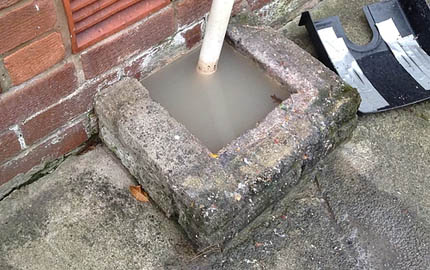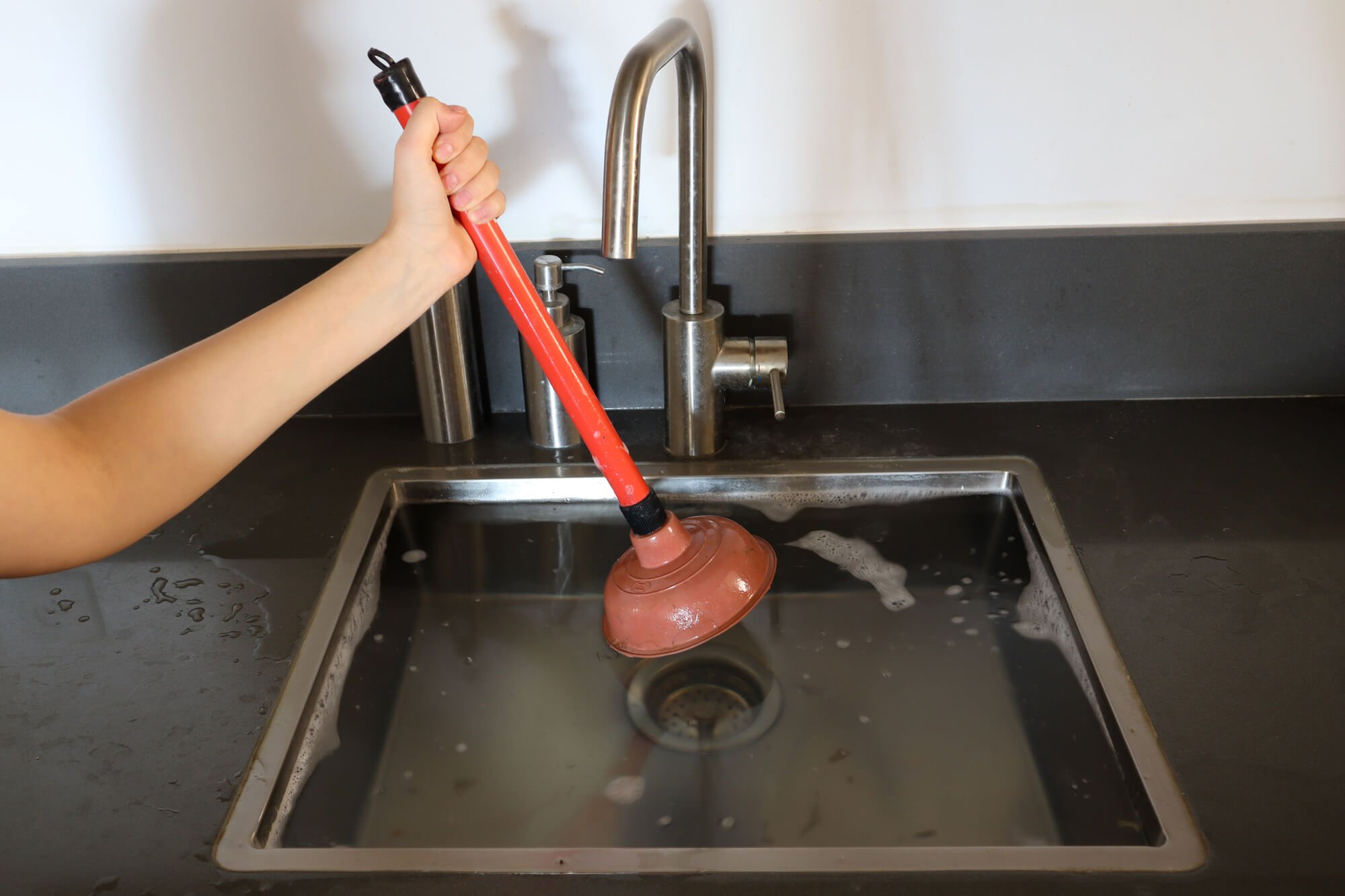Procedures to Implement for Addressing a Blocked Drain Prior to Contacting Experts
Procedures to Implement for Addressing a Blocked Drain Prior to Contacting Experts
Blog Article
Do you find yourself looking for content concerning Tips for Dealing with Clogged Drains and Sewer Lines?

Intro
Dealing with an obstructed drain can be a discouraging experience, disrupting daily activities and potentially triggering damage to your residential property. Nevertheless, before reaching out to plumbing experts, there are steps you can require to attend to the concern on your own. In this guide, we'll check out do it yourself remedies and preventive measures to tackle a blocked drainpipe effectively.
Identifying the Issue
The initial step in dealing with a blocked drainpipe is recognizing the signs. Slow-moving water drainage, gurgling sounds, foul odors rising from drains, or water backing up are common indications of a blocked drain. Recognizing these signs early can help protect against better difficulties.
Common Reasons For Blocked Drainpipes
Recognizing the variables that add to drain pipes blockages is important for reliable resolution. Usual culprits consist of hair, soap residue, oil, food debris, and international objects like sanitary products or paper towels. Tree roots attacking below ground pipes can additionally create significant obstructions.
DIY Solutions
For small obstructions, a number of do it yourself services can be reliable. Pouring boiling thin down the drainpipe can assist liquify oil and debris. Sodium bicarbonate and vinegar or a mixture of salt and baking soft drink can function as natural cleaners. Using a plunger or plumbing serpent to displace obstructions is one more choice.
Tools and Devices
Having the right tools available can make do it yourself drainpipe cleaning up extra reliable. A plunger is a functional tool for removing clogs in sinks, bathrooms, and showers. A pipes serpent or auger can reach much deeper obstructions, while drainpipe cleansing chemicals can be used carefully for stubborn blockages.
Preventive Measures
To prevent future obstructions, embracing safety nets is important. Install drain guards or strainers to catch hair and debris prior to they get in the pipes. Consistently flush drains pipes with hot water to dissolve grease buildup, and prevent throwing away grease or solid waste down the tubes.
When to Call a Professional
While do it yourself options can deal with small clogs, particular indications suggest the demand for professional aid. Consistent obstructions, foul odors in spite of cleaning initiatives, or several drains backing up simultaneously are warnings that necessitate experienced intervention.
Picking the Right Plumbing Solution
When choosing a plumbing service, consider elements such as experience, licensing, and client evaluations. Select a reliable plumber with a performance history of quality craftsmanship and clear pricing practices.
Expense Factors to consider
The cost of expert drainpipe cleaning company can vary depending upon the intensity of the clog and the plumber's rates. Request quotes from several suppliers and ask about any kind of surcharges to make sure transparency and prevent surprises.
Security Precautions
When attempting do it yourself drainpipe cleansing, focus on safety and security. Use protective gloves and eyewear to stay clear of contact with dangerous chemicals or germs. Never blend various drainpipe cleaning items, as this can create hazardous fumes.
Instance Researches
Real-life instances show the effectiveness of do it yourself solutions and the importance of prompt expert treatment in dealing with drain clogs.
Final thought
By following the pointers laid out in this overview, you can properly deal with obstructed drains and stop future pipes issues. Whether going with do it yourself services or seeking specialist aid, prompt action is crucial to keeping a healthy and balanced pipes system and preserving the integrity of your home.
WHAT I LEARNED FROM TRYING TO DEAL WITH A CLOGGED DRAIN
We have had our share of seepages and other annoying things that are part of living, especially in an apartment complex. And if there’s one thing that’s terrifying for a homeowner—or even someone in a rented home—it is a clogged drain, indoors or outdoors.
We enjoy our living space, but it’s simply a fact of life that dead skin, soap and a host of other items go down the drain; eventually, the residue builds up and prevents anything from moving. Ugh.
Not Calling A Professional
Of course, it might seem simple to just whip the pipe off under the sink and see if you can unblock it. Unfortunately, what if the blockage isn’t there, or you don’t reconnect it properly? Worse, you might break a piece and have no drainage system. Can you imagine that scene? Yuck!
Not Watching Your Waste
This will sound d’uh, but the best tip I can give you for drain cleaning is to avoid clogging the drain in the first place! You can do this by monitoring what goes down the drain and catching the items which are most likely to give you a problem. Invariably hair, vegetable peels, and large wads of toilet paper are the most obvious culprits. Add a filter—these are available in hardware stores and can be removed and cleaned easily.
Poking The Drain
The first urge with a clogged drain is to poke at it with a stick or anything that resembles a stick. Sadly, this does not result in magically solving the issue. The mental image is, naturally, one of the stick just pushing through the offending item and all is well again. Reality is quite different and unpleasant and likely to lead to further problems.
The thing is, every drain has a series of bends that are not visible to us. Drains are built this way to prevent gases from entering the house. What happens when you poke a stick into the drain? Of course, it can’t bend around the corner. The more adventurous people will use force and end up wedging the stick or causing it to break off in the pipe—creating an even bigger issue. Worst thing? The stick will shift the block further down the pipe, creating the space for more to collect. Go ahead! Roll your eyes!
Using The Wrong Plunger
You know what they say: the right tool for the right job! Did you know there are different types of plungers besides the basic one we keep at home for an emergency? Yes, there are. For example, the toilet plunger has a bell-shaped bottom while the sink plunger is flat. This is an important difference and using the wrong plunger will be useless. There’s also a knack in using plungers—they must be placed in such a way that they create an airtight seal and then, moved slowly up and down—not as fast as we imagine.
https://vidyasury.com/2018/01/learned-trying-deal-clogged-drain.html

As a devoted person who reads about Some easy tips to fix blocked drains, I thought sharing that piece of content was worth the trouble. For those who enjoyed reading our page plz make sure you remember to share it. I treasure your readership.
Book Report this page